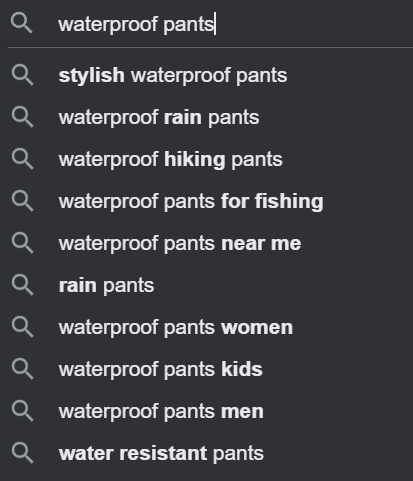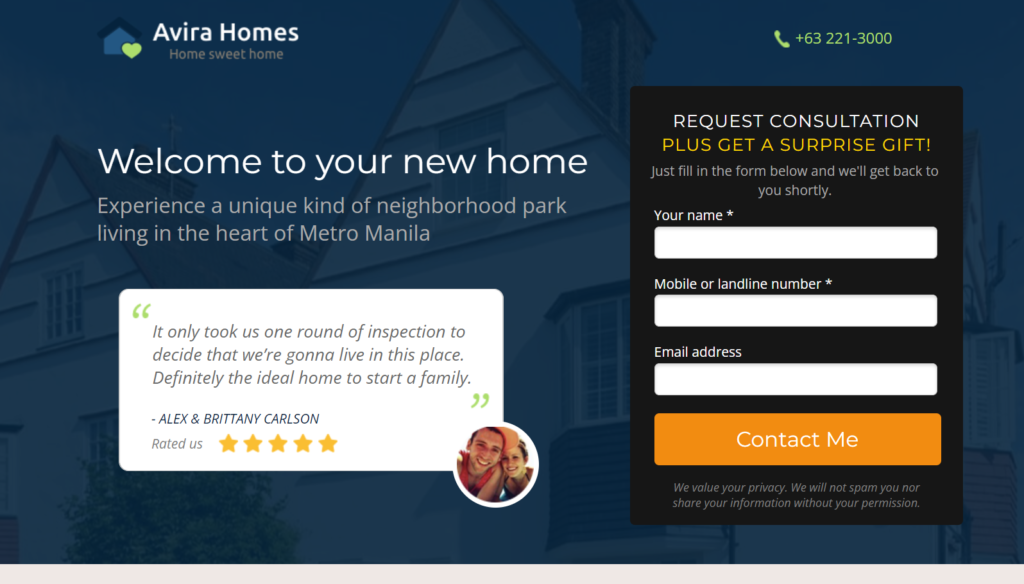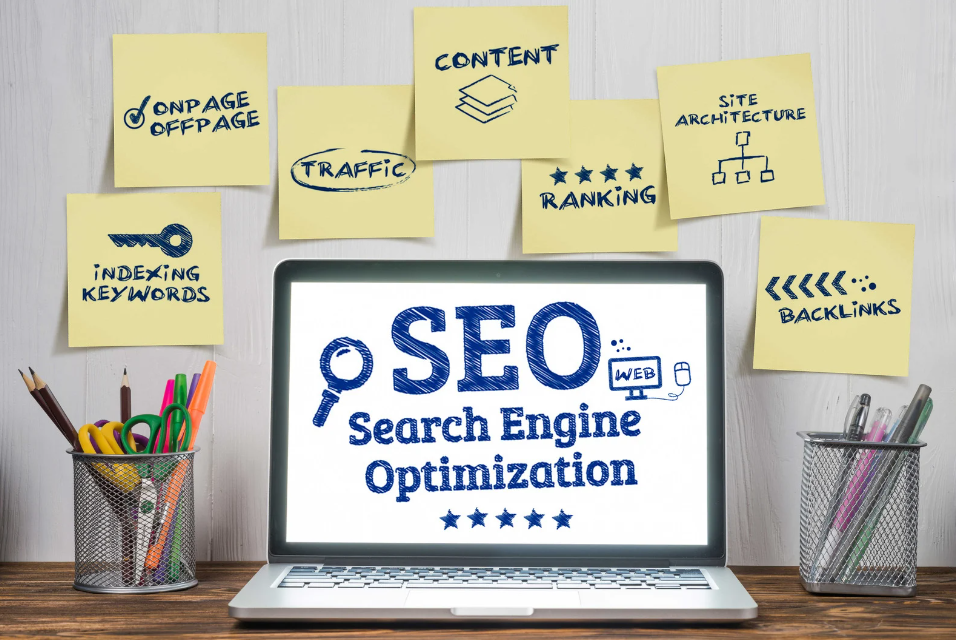Imagine investing top dollar in the services of the most talented copywriter, resulting in an awe-inspiring landing page with content that leaves readers spellbound. However, even with remarkable copy, conversions remain uncertain without one crucial element: targeted traffic. Creating SEO-friendly landing pages will helps you avoid that.
By optimising your landing pages for search engines, you can tap into a goldmine of potential visitors actively seeking solutions or information related to your offerings.
Let’s discover the best ways to optimise landing pages for SEO and increase organic traffic to achieve your conversion goals.
1. Perform Thorough Keyword Research
Keyword research forms the foundation of any successful SEO strategy.
The initial step in conducting a keyword research involves delving into your industry, competitors, potential customers, and existing customers. This comprehensive research serves as the foundation for gaining insights into various aspects of keyword analysis, including visitor behavior, traffic volume, and competition levels. To ensure a thorough analysis, consider asking yourself the following essential questions:
- How are potential visitors searching for your product or service? By understanding the search patterns and preferences of potential visitors, you can optimise your keywords to align with their search queries, increasing the chances of attracting relevant traffic to your landing page or website.
- How do you fare against your competition in terms of targeted keywords? Assessing your rankings in relation to your competitors for specific keywords allows you to identify areas for improvement and potential opportunities to gain a competitive edge.
- What is the potential for organic traffic to your landing page or website? By evaluating the potential volume of organic traffic, you can gauge the attractiveness of your offerings and determine the effectiveness of your keyword optimisation strategies.
- Can your landing page effectively compete with the current competition? Analysing the strength of your landing page in comparison to competitors helps you identify areas where enhancements or adjustments may be necessary to improve visibility and capture a larger share of organic traffic.
By answering these critical questions during the keyword analysis process, you can gain valuable insights into your target audience, competition, and organic traffic potential, enabling you to refine your SEO strategies and drive optimal results.
To create a list of keywords based on how people search for your product or service you can check Google for suggested and related searches to your main keywords:


2. Craft Compelling and Relevant Content
Since landing pages are designed to generate leads and prime visitors to convert, your on-page copy should be crafted with this in mind. High-quality content is essential for both users and search engines.
Put yourself in the user’s shoes and create landing page content that is informative, engaging, and relevant to your target audience’s needs and pain points. Develop persuasive copy that clearly communicates your value proposition, highlights benefits, and includes compelling calls-to-action (CTAs) to drive conversions.
Do not just copy your competitors, but use what they’re doing as a guide for understanding the keyword’s search intent.
3. Optimise Meta Tags and Descriptions
Meta tags and descriptions provide concise summaries of your landing page’s content to search engine users. Optimise your meta title, meta description, and URL structure to include relevant keywords and accurately represent your page’s content.
- Meta title should be descriptive and explain the key benefits of your page and what people should expect from it. (Place the most important keyword closer to the beginning of the meta title)
It’s important to note that the meta title not only impacts the likelihood of a click but it also directly affects how Google ranks your landing page.
These are examples you can use across a variety of websites and documents:

- The meta description plays a crucial role as a detailed explanation of what visitors can expect. It’s your chance to captivate and persuade potential users by highlighting the unique value of your offer, showcasing your superiority over competitors, and compelling them to visit your page. Make sure to include a strong call to action (CTA) at the end of the meta description.
Keep in mind that the impact of your meta description is immense, as it directly influences the decision-making process of searchers. By crafting a compelling and clear description that effectively communicates your value proposition, you can attract relevant traffic consisting of individuals who genuinely need your product or service. Harness the power of your meta description to entice and engage, and watch as your click-through rates soar, driving valuable conversions.
- Incorporating your main keyword into the URL of your landing page is considered a best practice. Aligning the text in your URL with your meta title can further enhance the optimisation of your page.
Using similar text in both your URL and meta title reinforces the coherence and consistency of your page’s optimisation. It strengthens the relevancy signals and provides a unified message to search engines and users, increasing the likelihood of attracting targeted traffic.
Ensure that your meta tags are compelling, engaging, and aligned with search intent to improve click-through rates (CTRs) from search engine result pages (SERPs).
4. Optimise Page Loading Speed
Page loading speed is a crucial factor for both user experience and SEO. Ensure that your landing pages load quickly across different devices and browsers. The lower the load time, the better.
Compress images, minimize code, enable browser caching, and utilize content delivery networks (CDNs) to optimize your page’s loading speed. Try to aim for load speed under 3 seconds. Every additional second may badly hurt your bounce rates and overall user experience.

5. Implement Mobile-Friendly Design
In today’s mobile-centric world, having a mobile-friendly landing page is crucial for SEO success. While the core message and purpose of the landing page should remain consistent across different devices, content optimisation is crucial for mobile-friendly design. Due to limited screen space on mobile devices, it is essential to prioritize the most important information and condense the content to maintain clarity and readability. Reducing lengthy paragraphs, utilising concise headlines, and using bullet points or lists can enhance the mobile user experience, making the content easily scannable and digestible.
Optimise your page’s design and layout to accommodate smaller screens, improve readability, and make CTAs easily clickable (as in the following examples)
Mobile
Desktop




By following these best practices, you can unlock the potential of SEO to drive meaningful results for your business. Embrace these optimization techniques, and watch your landing pages soar to new heights of success in the digital landscape.


